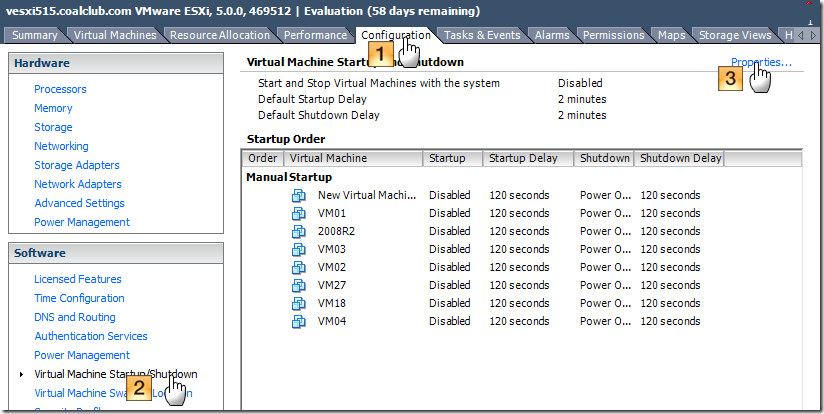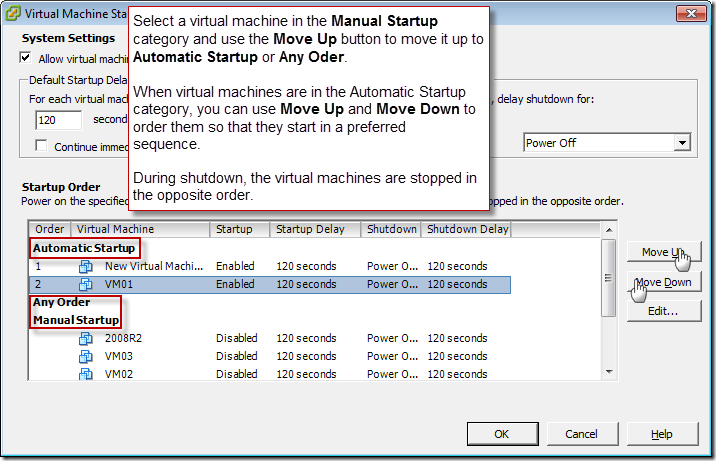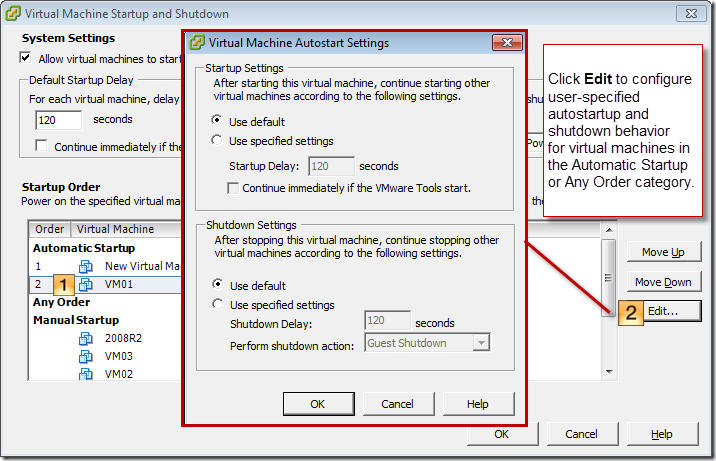If
you need to monitor or mail the unauthorized login to linux server
fail2ban is perfect tool for that purpose. It will trace the
unauthorized access by looking at secure log file and will mail it to
mention email address ( by default root ).
To
install fail2ban use the yum command
Change
the configuration settings
Need
to configure below files in roder to work fail2ban properly.
/etc/fail2ban/jail.conf
/etc/fail2ban/action.d/sendmail-whois.conf
/etc/fail2ban/filter.d/sshd.conf
First
go to jail.conf
file and change the below configuration
#
"ignoreip" can be an IP address, a CIDR mask or a DNS host.
Fail2ban will not
#
ban a host which matches an address in this list. Several addresses
can be
#
defined using space separator.
ignoreip
= 127.0.0.1
Add
your internal IP range to the ignore IP address
#
"bantime" is the number of seconds that a host is banned.
bantime
= 600
The
defualt ban time is 10 minutes and if you want to increase banned
time then change above setting and time calculate in Seconds.
#
"maxretry" is the number of failures before a host get
banned.
maxretry
= 3
Either
you can change maxretry level here or in particular service directory
which will meet u below.
#
This jail corresponds to the standard configuration in Fail2ban 0.6.
#
The mail-whois action send a notification e-mail with a whois request
#
in the body.
[ssh-iptables]
enabled
= true
filter
= sshd
action
= iptables[name=SSH, port=ssh, protocol=tcp]
sendmail-whois[name=SSH,
dest=chamara@nic.lk, sender=fail2ban@ukusu.nic.lk]
logpath
= /var/log/secure
maxretry
= 3
In
the above settings enabled should be true and in dest and sender you
should edit as necessary to enable your mail fascility. Even if you
didn't mention mail IDs then it will forwarded to root mail folder.
Note
: If you use diffenrnt port and different protocol for SSH then you
should port=ssh
and protocol=tcp
accordingly.
In
sendmail-whois.conf
comment the bewlo lines if you don not need the fail2ban service
start and stop mails.
#actionstart
= printf %%b "Subject: [Fail2Ban] <name>: started
#
From: Fail2Ban <<sender>>
#
To: <dest>\n
#
Hi,\n
#
The jail <name> has been started successfully.\n
#
Regards,\n
#
Fail2Ban" | /usr/sbin/sendmail -f <sender>
<dest>
#
Option: actionstop
#
Notes.: command executed once at the end of Fail2Ban
#
Values: CMD
#
#actionstop
= printf %%b "Subject: [Fail2Ban] <name>: stopped
#
From: Fail2Ban <<sender>>
#
To: <dest>\n
#
Hi,\n
#
The jail <name> has been stopped.\n
#
Regards,\n
#
Fail2Ban" | /usr/sbin/sendmail -f <sender>
<dest>
In
sshd.conf
just go through that file and check if there is unwanted filtering
for ssh ban.
Enjoy
with the fail2ban service for SSH.


